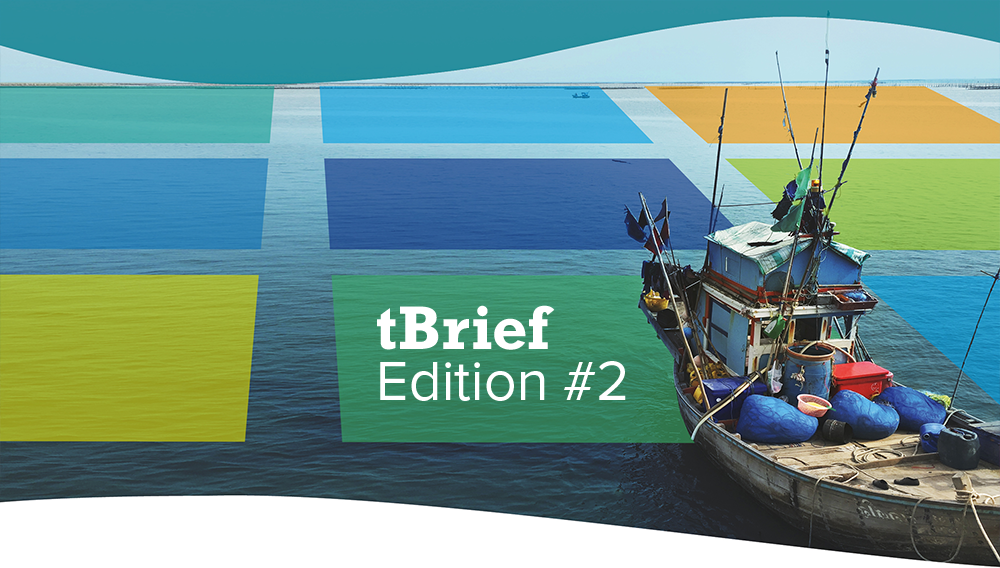tBrief #2 – Transparency of fisheries tenure: Incomplete, unreliable and misleading?

Fisheries tenure systems – how and why governments allocate rights for fishing – are one of the most critical aspects of sustainable fisheries management. However, in many countries fisheries tenure systems are characterised by secrecy and confidentiality.
As a result, people have a limited insights into how tenure systems work, who owns fishing rights, and how the benefits and costs are distributed.
In this second “transparency Brief” (or tBrief for short) we summarise the main reasons why transparency in fisheries tenure matters.
- Quite a broad range of problems have been linked to low levels of transparency in tenure systems, including unfair allocation of rights to commercial companies that directly undermine customary rights of coastal communities; economic concentration; illegal fishing and corruption.
- International agreements have only recently emerged on the need for increased transparency in tenure systems, and there are still unresolved issues relating to what information governments should publish and how.
- Transparency in fisheries tenure is about more than just publishing lists of authorisations and licensed vessels. It is equally important to publicise how these systems work, what are their national objectives, and to what extent these objectives are being met.
We hope you will find this second edition of our tBrief series interesting and stimulating. Please also send us your feedback and ideas for future editions to info@fiti.global.
You can download the tBrief in the following three languages:
This publication is funded by the Gordon and Betty Moore Foundation.
